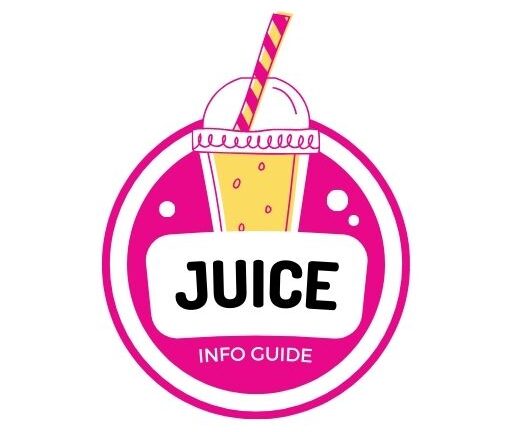Orange juice has long been a staple of breakfast tables worldwide, but have you ever stopped to wonder: How much is a glass of orange juice really worth? Whether you’re sipping freshly squeezed juice at home or ordering it at a trendy brunch spot, the price tag often raises eyebrows. Let’s dive into the factors that make this seemingly simple drink one of the most complex beverages to price.
Why Is Orange Juice So Expensive?
If you’ve noticed that orange juice prices have skyrocketed in recent years, you’re not alone. The cost of a single glass has risen sharply due to several factors:
1. Citrus Greening Disease
One of the biggest culprits behind rising orange juice prices is citrus greening, also known as Huanglongbing (HLB). This bacterial disease has devastated orange groves in Florida, Texas, and California. It reduces both the quantity and quality of oranges, causing fruit to become bitter and stunted. Farmers are losing millions of dollars annually as they battle this disease, which has no known cure.
Florida, once a powerhouse in orange production, has seen its citrus output drop by over 36% compared to two years ago. This decline in supply drives up costs for producers and consumers alike.
2. Climate Challenges
Extreme weather events like hurricanes, droughts, and heatwaves have wreaked havoc on orange crops in major growing regions such as Florida and Brazil. In Brazil, the world’s largest orange juice producer, droughts have slashed harvests by 24% year-over-year. With fewer oranges available globally, prices have soared.
3. Labor-Intensive Production
Freshly squeezed orange juice isn’t just about picking fruit off a tree—it’s a labor-intensive process. On average, it takes two to four oranges to produce just one glass of juice. Restaurants often rely on manual labor rather than high-speed juicing machines, adding to the cost of production. Combine this with rising labor wages, and you’ll understand why that small glass at brunch costs more than your coffee.
Breaking Down the Cost of a Glass
So how much does it really cost to produce a glass of orange juice? Let’s break it down:
– Oranges: At an average price of $0.60 per orange, you’re looking at $1.20–$2.40 for the fruit alone.
– Labor: Squeezing oranges by hand or using basic equipment adds time and effort.
– Overhead Costs: Packaging, transportation, and storage also contribute significantly.
At home, you might spend $2–$3 per glass if you’re using fresh oranges. At a restaurant or café? Expect to pay anywhere from $5 to $10 per glass due to added labor and markup costs.
Freshly Squeezed vs Store-Bought: What’s the Difference?
When it comes to orange juice, not all glasses are created equal. Here’s how freshly squeezed compares to store-bought varieties:
| Type | Taste | Cost | Nutritional Value |
|---|---|---|---|
| Freshly Squeezed | Bright, natural flavor | Higher ($5–$10) | No preservatives; high in Vitamin C |
| Store-Bought (Premium) | Slightly processed taste | Moderate ($3–$6) | Often fortified with calcium or Vitamin D |
| Store-Bought (Generic) | Artificial aftertaste | Low ($1–$3) | May contain added sugars or concentrates |
While freshly squeezed juice offers unmatched flavor and nutritional benefits, its higher price tag reflects the effort involved in producing it.
Tips for Enjoying Orange Juice Without Breaking the Bank
If you’re a fan of orange juice but want to save money without sacrificing quality, here are some tips:
– DIY Fresh Juice: Invest in a good juicer and buy oranges in bulk when they’re in season.
– Blend with Other Fruits: Mix oranges with less expensive fruits like apples or pears for a unique twist that stretches your supply.
– Opt for Concentrates: Frozen orange juice concentrates are more budget-friendly while still offering decent flavor.
– Shop Smart: Look for discounts at local farmers’ markets or grocery stores during peak harvest seasons.
The Future of Orange Juice
As climate change and diseases continue to challenge citrus production worldwide, the future of orange juice may look very different. Producers are already exploring alternative fruit blends—think pear or apple mixed with orange—to offset rising costs. Meanwhile, researchers are racing against time to develop disease-resistant citrus trees that could stabilize supply.
For now, every sip of your morning OJ is a reminder of the complex journey from grove to glass—a journey shaped by nature’s unpredictability and human ingenuity.
So next time you pour yourself a glass or order one at brunch, take a moment to appreciate its true value. After all, it’s not just juice—it’s liquid gold!
